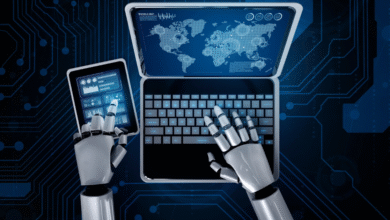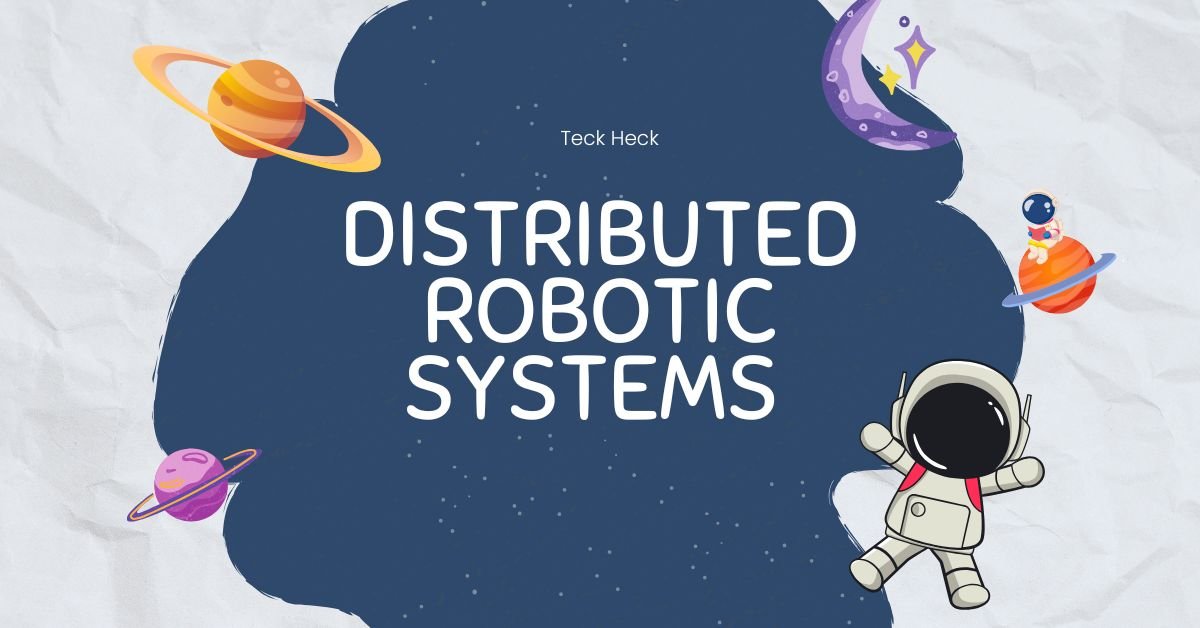
Before physical prototypes are created, simulation in robot designs are tested, optimized, and refined in large part through simulation. This procedure saves time and resources by guaranteeing the robot operates effectively in its intended environment. An article outline that might be used as a comprehensive manual for employing simulation in robot design is provided below.
A Complete Guide to simulation in robot design:
1. Overview of simulation in robot design:
The Value of Simulation It’s essential to model the design in a virtual setting before constructing a real robot. Without the need for expensive physical trials, engineers and designers can test different robot movements, sensors, interfaces and ambient variables using simulation software.
The advantages of simulation:
Lower costs for prototyping
Early identification of defects in design
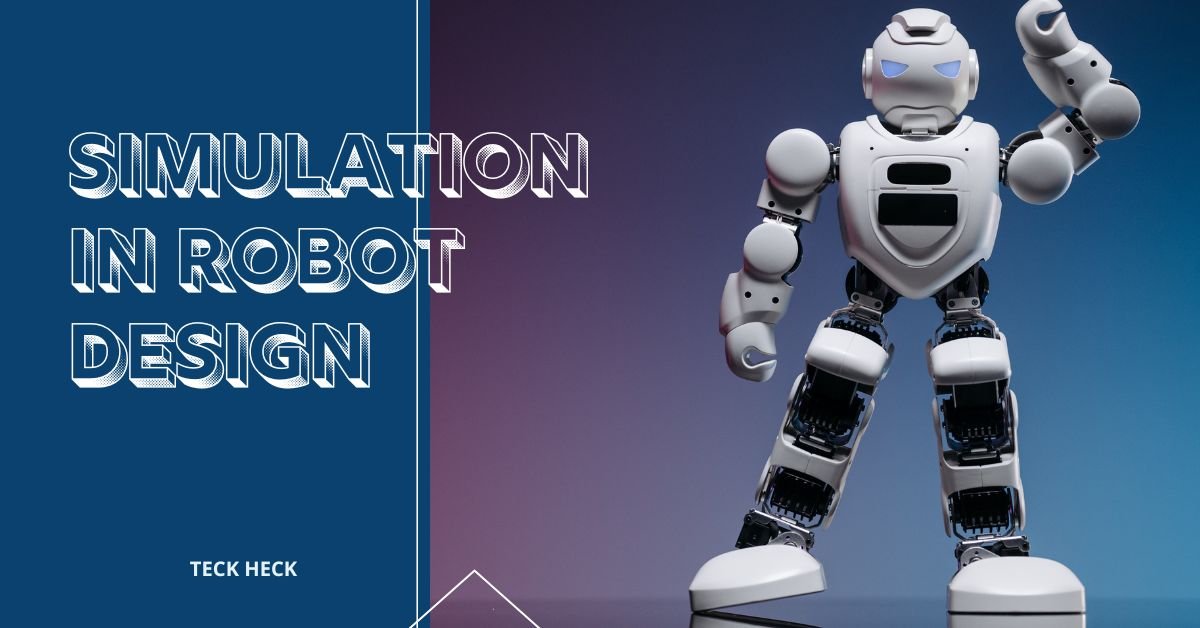
Testing in a reproducible and regulated setting
Analysis of performance under various circumstances
- Robot Design Simulation Types
Kinematic Simulation: This kind tests the robot’s speed, range of motion and control systems by simulating its movement. It is frequently employed to make sure the robot can complete its job without running into obstructions or going beyond its physical capabilities.
Dynamic simulation: Pays attention to the robot’s forces, torque, and energy usage while performing different tasks. This aids in determining battery consumption, mechanical strains, and possible overloaded problems.
This kind of simulation mimics how the robot’s sensors—such as vision, touch, proximity, and others—work. It guarantees that the robot sees and reacts to its surroundings precisely.
Environmental Simulation: Models how the robot interacts with its physical surroundings. This includes replicating barriers, terrains, lighting, and even human interactions.
Software Simulation Tests the control systems and software algorithms that drive the robot. It can improve task optimization, decision-making procedures, and behavior.
- Simulation Tools and Software for Robot Design
ROS (Robot Operating System): ROS provides a flexible framework for building robot applications. Tools like Gazebo can simulate robots and their environments are allowing testing of both the hardware and software aspects.
V-REP (CoppeliaSim): A versatile simulator offering various robots, sensors, and environments for design testing. Its modular nature allows for flexibility in robot design and customization.
Webots: This open-source robot simulator enables simulation of both the physical and software aspects.
It can be used for a variety of design applications because it supports a large variety of sensors and actuators.
MATLAB/Simulink: These are frequently used for sensor integration, dynamic modeling, and control system simulation. The environment of MATLAB makes it possible to create intricate algorithms for robot behavior in real time.
Robotics simulations are increasingly using Unity3D and Unreal Engine, especially for jobs involving computer vision and reinforcement learning. These tools are used to make it possible to create interactive and incredibly detailed virtual environments.
- Crucial Elements of simulation in robot design
Simulating the Physical Characteristics of the Robot: The quality of the physical model determines how accurate a robot simulation is. The robot’s mass, joint arrangements, mechanical limitations, and other characteristics are important.
Creating Task Scenarios: Careful planning is necessary to create simulation scenarios that work. These situations ought to resemble actual jobs like manipulating objects, navigating through challenging settings or interacting with humans and robots.
Testing Performance in Various Conditions: Simulations should take into account a range of factors, such as temperature, lighting and interference, that may have an impact on the robot’s performance. This guarantees that the robot is sturdy enough for real-world use.
Iterative Design and Optimization: The design process can be quickly iterated through simulation. Multiple test scenarios allow designers to spot flaws early and make the required corrections.
- Robot Simulation Using AI and Machine Learning
Reinforcement Learning: To make better decisions, a lot of robots nowadays employ AI algorithms. Robots can learn from simulated settings and enhance their behavior depending on rewards thanks to reinforcement learning.
Software Errors and Algorithm Failures: Although simulations can help detect design issues early on, they might miss some software problems. Unexpected behaviors that are only apparent during physical testing could nevertheless be caused by algorithmic bugs.
- Use of simulation in robot design in the Real World
Industrial Robots: Robot simulations are used in industry to enhance path planning, optimize production lines, and lower the possibility of mistakes. Before making any physical changes, businesses can test new production techniques and gear setups using virtual models.
Autonomous Vehicles: Without endangering anyone, simulation enables testing of autonomous vehicle behavior in a range of scenarios, including weather variations, road conditions, and obstructions.
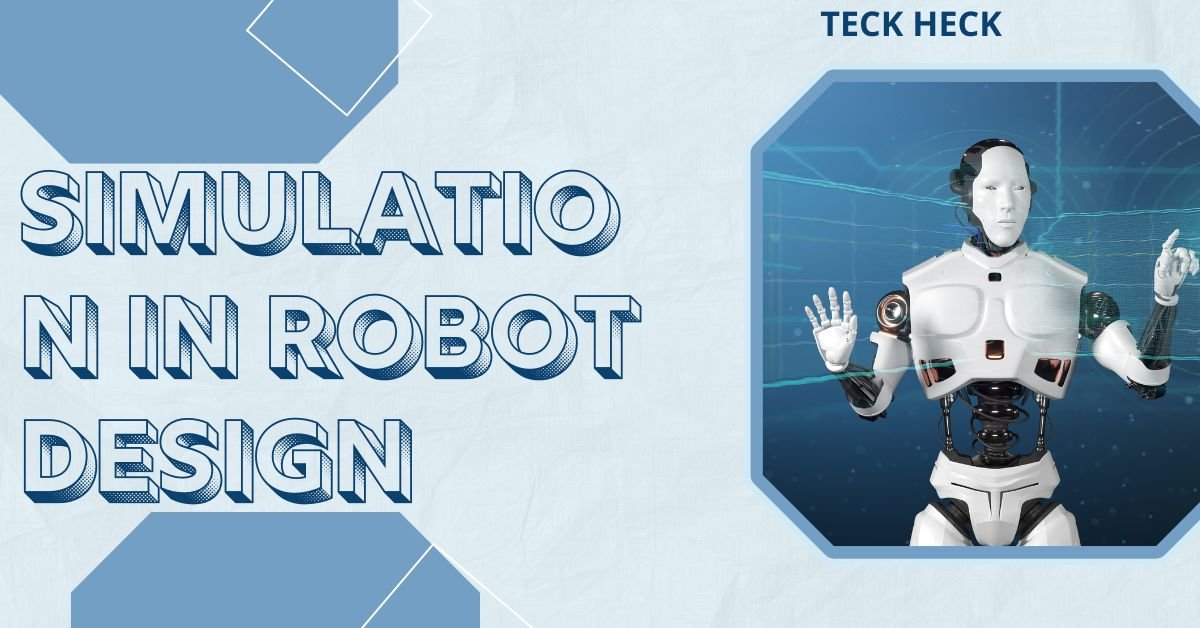
Robots used for space exploration: Before a robot is launched into space, it is tested using a variety of tools and motions in a simulated environment to get it ready for harsh conditions like the Moon or Mars.
- Upcoming Developments in simulation in robot design:
Growing Use of Augmented Reality (AR) and Virtual Reality (VR): These technologies will improve simulation visualization by enabling real-time engagement and design process modifications.
Cloud-Based Simulation: As cloud computing capacity becomes more widely available, robot simulation platforms become more widely available, enabling designers to execute complicated simulations with less money spent on local hardware.
Collaborative Robot Design: As simulation tools advance, groups of engineers, designers, and artificial intelligence experts will be able to collaborate in real time on a single simulation platform.
In conclusion
Simulation in robot design offer a priceless tool for performance testing, design optimization and cost reduction. These simulations will get increasingly more complex as technology develops, making it harder to distinguish between virtual testing and actual deployment. By testing in a virtual environment, engineers and designers may push the limits of robot capabilities and make sure these devices are prepared for the problems of the future.
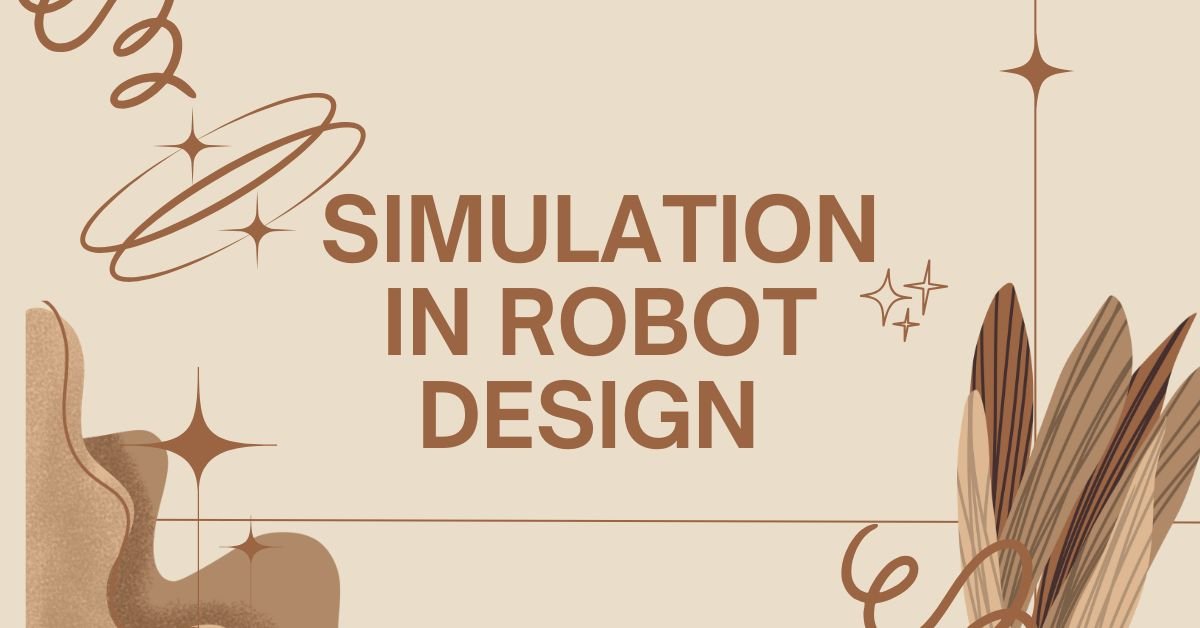
Creating virtual models of robots to test and assess their behavior, performance, and interactions with their surroundings prior to building real prototypes is a crucial step in the robot design simulation process. Engineers may evaluate a robot’s mechanical characteristics, movement, sensor functionality, and control algorithms by using sophisticated simulation software. This ensures optimal design, lowers risks and saves money. Rapid iterations are made possible by simulations, which test a range of situations and scenarios, including task execution, obstacle avoidance and sensor integration. This strategy is crucial for enhancing robotics dependability, efficiency and safety, especially in sectors like manufacturing, healthcare, driverless cars and space exploration. The capacity to improve robot behaviors is further increased by the incorporation of real-time feedback, machine learning and artificial intelligence into simulations.
